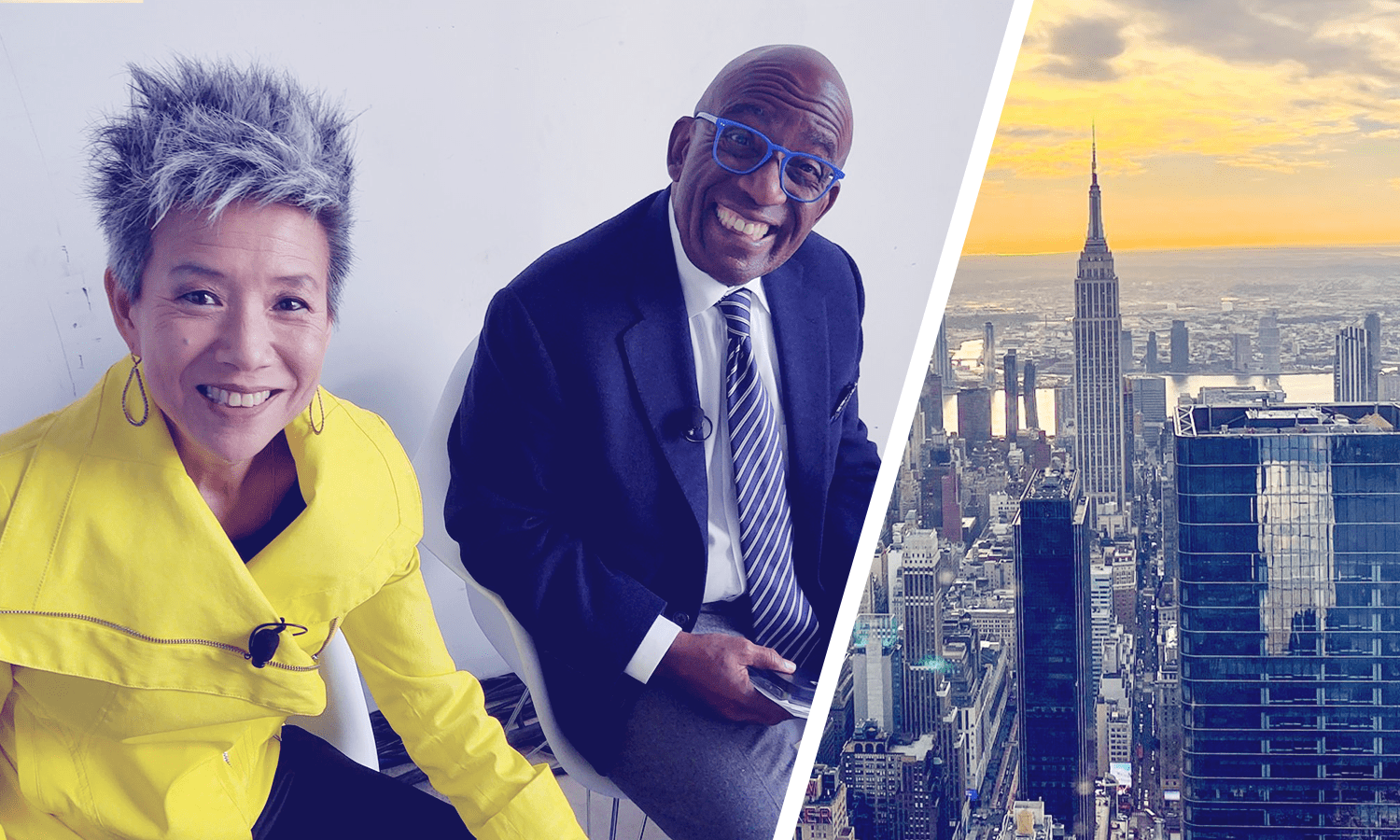XP Land’s Guide to Measuring FOMO: Part 1

The brands that don’t invest in experiential aren’t confused about its power. They absolutely understand the impact it has on consumers and how it establishes connection to foster lasting trust. They know the magic of experiences. But, what they don’t know is how to capture that lightning in a bottle and turn it into an Excel spreadsheet. They have no idea how to measure experiential data. The future of measurement is changing across marketing channels. No one knows this better than Nielsen, as the company reels from the de-accreditation of it's national and local TV ratings service. Traditional age, gender and ethnicity demographics that Nielsen and Comscore rely on don't actually tell us anything about audience attention. Today's demographics look more like gamers, music festival fans and craft beer aficionados. Right now, marketers planning their 2022 budgets know that, in order to get any money to invest in experiential, they must first calculate and defend its ROI. Data is king (or queen) because it is the most effective way to allocate budget — what makes the most impact gets the most investment. Data tells the big bosses upstairs which projects succeed and which fail, but the campaigns with the most...


